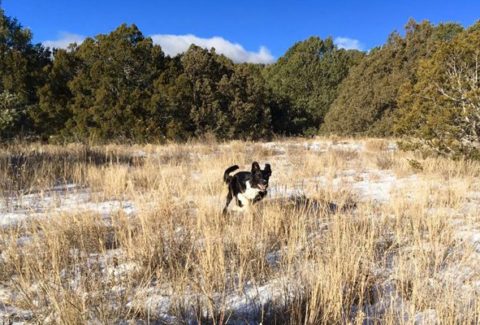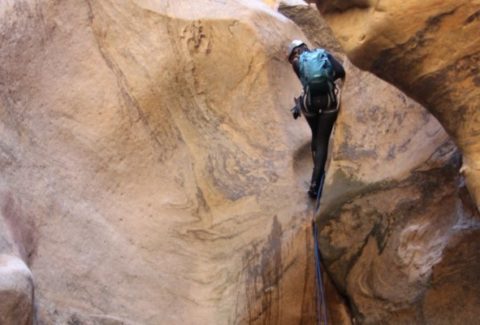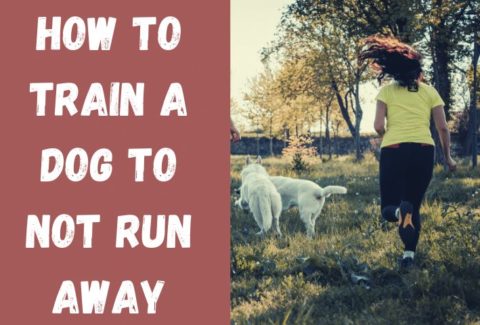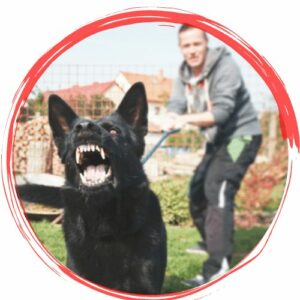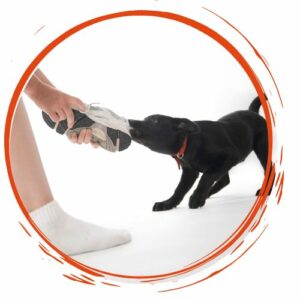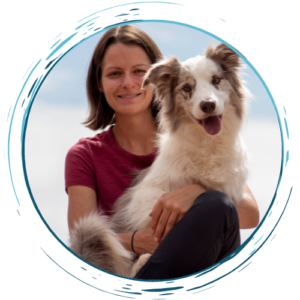5 Recall Tips On How To Get A Dog Who Won’t Leave Your Side
May 8, 2021 2021-05-23 11:555 Recall Tips On How To Get A Dog Who Won’t Leave Your Side
5 Recall Tips On How To Get A Dog Who Won’t Leave Your Side

“I don’t know if he’ll stay with me if I take him off-leash”
It’s not fun to not know if your dog may just run off as soon as he has the option. It’s also not fun to have to manage leashes wherever you go, make sure they don’t slip out of collars or harnesses and not be able to just take them off and let them run their heart out – be it at a park, on a hike, at a lake for a swim or just your friend’s not fenced-in property.
Here are some ideas on how to make sure your dog won’t leave you for other dogs, other people, wildlife or the opportunity to run.

1. Make sure reinforcement comes through you.
This one seems so simple, and still it is the one that makes the biggest difference.
Your dog needs to experience that reinforcement comes with and through you. The more often you can show him this, the better.
Sure, you can just put down his food bowl in the mornings and evenings and have him have one experience of the connection owner-food. Or you can take some pieces of kibble and throw them and let him run after them, let him chase you with the food in your hand, hide the food and go on a little hunt together with your dog, or use the food to teach him a bunch of tricks. That way, he will make dozens of connections: owner-food, owner-fun, owner-games, owner-tricks, owner-chase/recalls … from that very same bowl of food that he has to eat in any way!
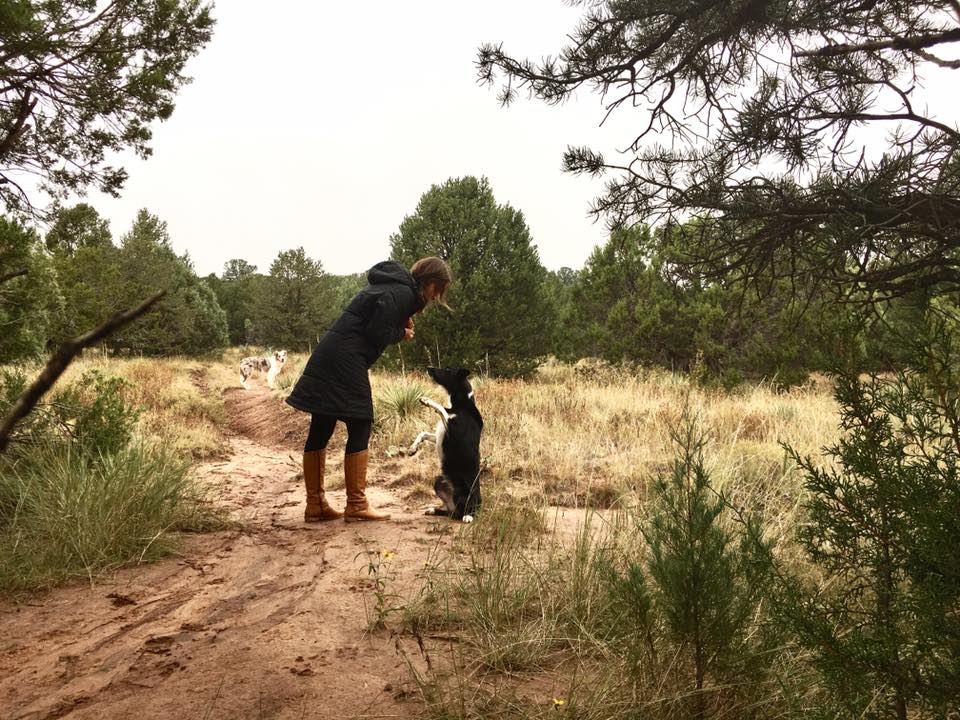
2. Have him experience this reinforcement everywhere.
Dogs are very good at understanding and remembering situational experiences. After the first two times a puppy has been to the vet and possibly been scared, he will be scared as soon as you pull into the parking lot. On the other hand, after the first couple times at the dog park that same puppy may bark and whine in anticipation of the fun in the car on the way there.
Dogs remember what happened in which situation, and they are very clear in distinguishing their behavior and choices based on the situation they are in. We cannot only play with them at home and then expect them to play with us in whatever other situation.
Unfortunately, often the reinforcement through the owner drops as soon as we are out and about (perhaps because we “don’t always want to take treats everywhere”, or because we “want to enjoy the outing without having to constantly engage with the dog”). Well, your dog will then start to enjoy the outing himself without constantly engaging with you!
If you show your dog that he can have all the games, treats, attention and fun he wants with you – but only at home, and maybe on the training field – then he is going to only seek out these reinforcements at home, and look for them elsewhere as soon as you are for example on a hike.
Don’t let your dog learn that reinforcements available through you at home, and through the environment elsewhere – make sure he knows that you always have games, food, time and attention for him.
3. Manage the outcomes of his bad choices.
Dogs are going to make bad choices that we won’t like – they will go and eat poop or blow off your recall to greet another dog. If this happens, it is important that we manage what happens next.
In my classes we practice a lot of loose leash walking. Owners and dogs will walk their dogs on a beautifully loose leash, back and forth, with the dog checking in frequently and the owners rewarding them, the textbook definition of how to go for a walk.
Then another dog will pass by just a little too close and both dogs will pull towards each other. The owners think “Now would be a good time to socialize my puppy!” and they let them greet, sniff and perhaps even play.
What just happened? The dogs made the choice to disengage with their owners and pull on leash, two behaviors that we have worked hard to not see. The outcome of this choice is that they get to make a new puppy friend!
Uhm, no. Do we want them to learn that it is always an option to stop engaging with us and instead find reinforcement somewhere else? Of course not. The dogs should not have been allowed to greet.
In this scenario, a missed opportunity to socialize has way less impact on the dog than allowing him to say hello to another dog, and make a note in his brain that it’s ok to pull on leash and ignore his owner.
If your dog makes a bad choice, make sure you manage his environment so that he doesn’t get rewarded for it – because he will learn from his rewards, whether we like them or not!
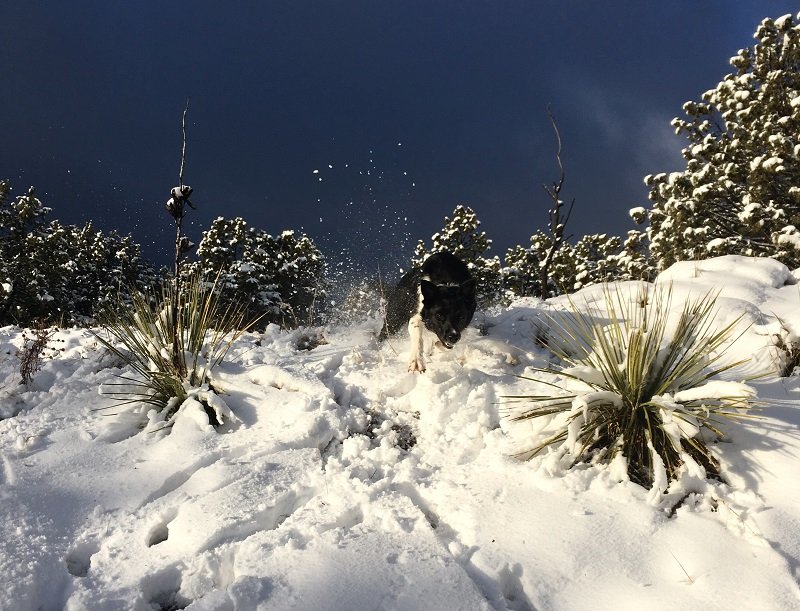
4. Make outings less of a big deal.
I wrote in detail about this in Off-Leash Dogs and Beginner Drivers. If it is a huge, once-a-month event to go out on a hike or to the park, your dog will treat it as such and explore every option to make this experience as fun, rewarding and drawn-out as possible. If he
- is overly excited
- is not used to free-running as much as he wants to
- does not have a long history of choosing you in the face of distractions everywhere
…then can we expect him to behave like it is a chill, everyday occurrence?
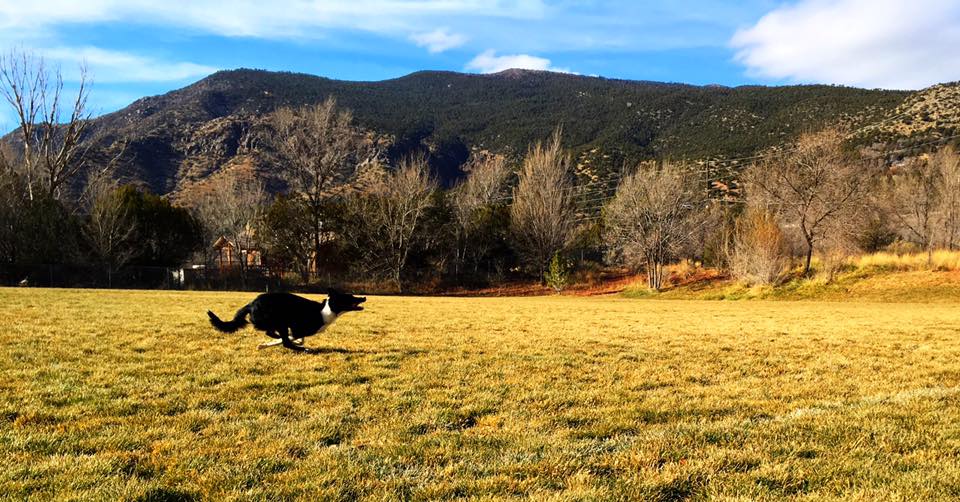
Restrictions create opposition. The more you limit your dog’s off-leash time, the more he will crave to take the opportunity to take off as soon as it presents itself.

On the other hand, the more normal it becomes for your dog to spend time out and about without being restrained, the less frantic he will be about making sure he uses it all – there won’t be a need to go crazy, as he knows he can have this freedom as much and as often as he likes to.
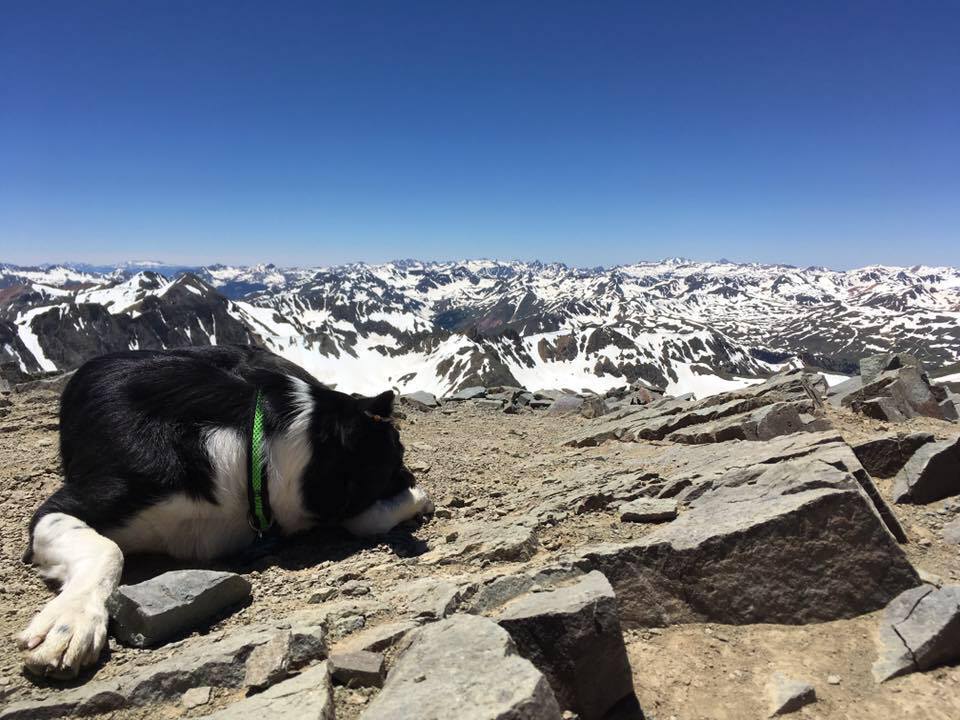
5. Take baby steps.
Don’t jump steps in this process and end up with a missing dog. Start to play with your dog everywhere: at home, in the yard or other fenced in areas. If he is enthusiastically engaging and staying with you there, up the distraction just a little bit – maybe take him out into the front yard, or walk him through your neighborhood and see if you can get the same kind of attention there. Then take him to an empty park with a long line – that way you have a back-up plan if he decides to bolt, and you can manage bad decisions by simply reeling him in. If he is good at this setting, pick a more populated park, or perhaps walk by a dog park (with you and your dog outside of the fence), or take him on a little hike. Keep that long line in place until you have seen him show you many times what his choices are like – and they should, of course, always be in your favor.
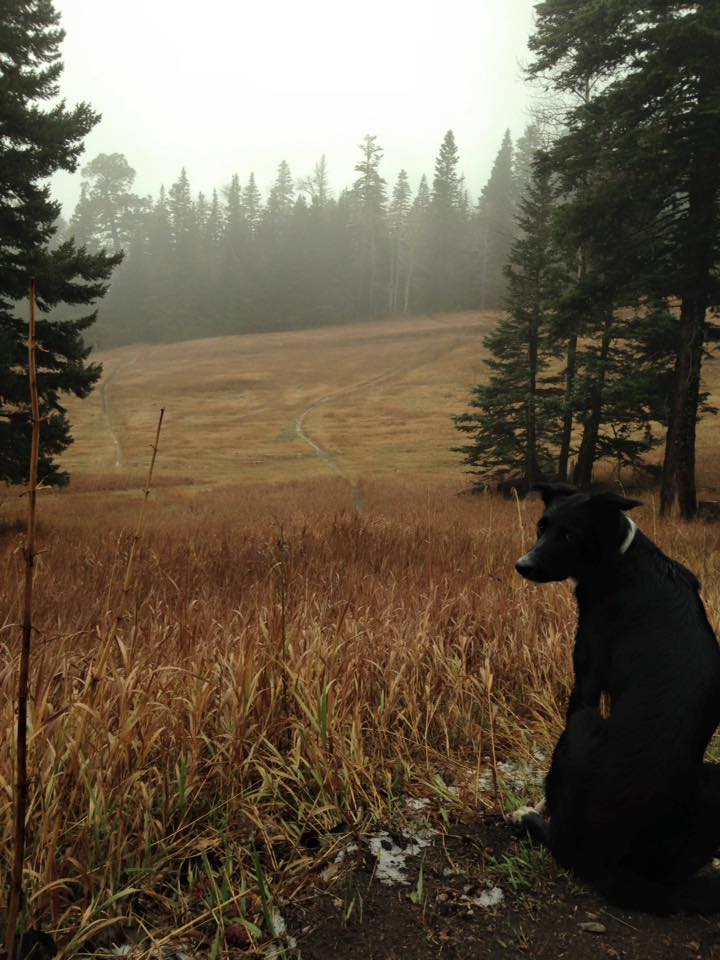
Enjoy taking your dogs on adventures, it is so much fun. And say hello if you see a woman with two Border Collies on top of some remote mountain ; )
Looking for more advice towards the perfect recall? Check out our Outdoor Games and Focus Online Class!

